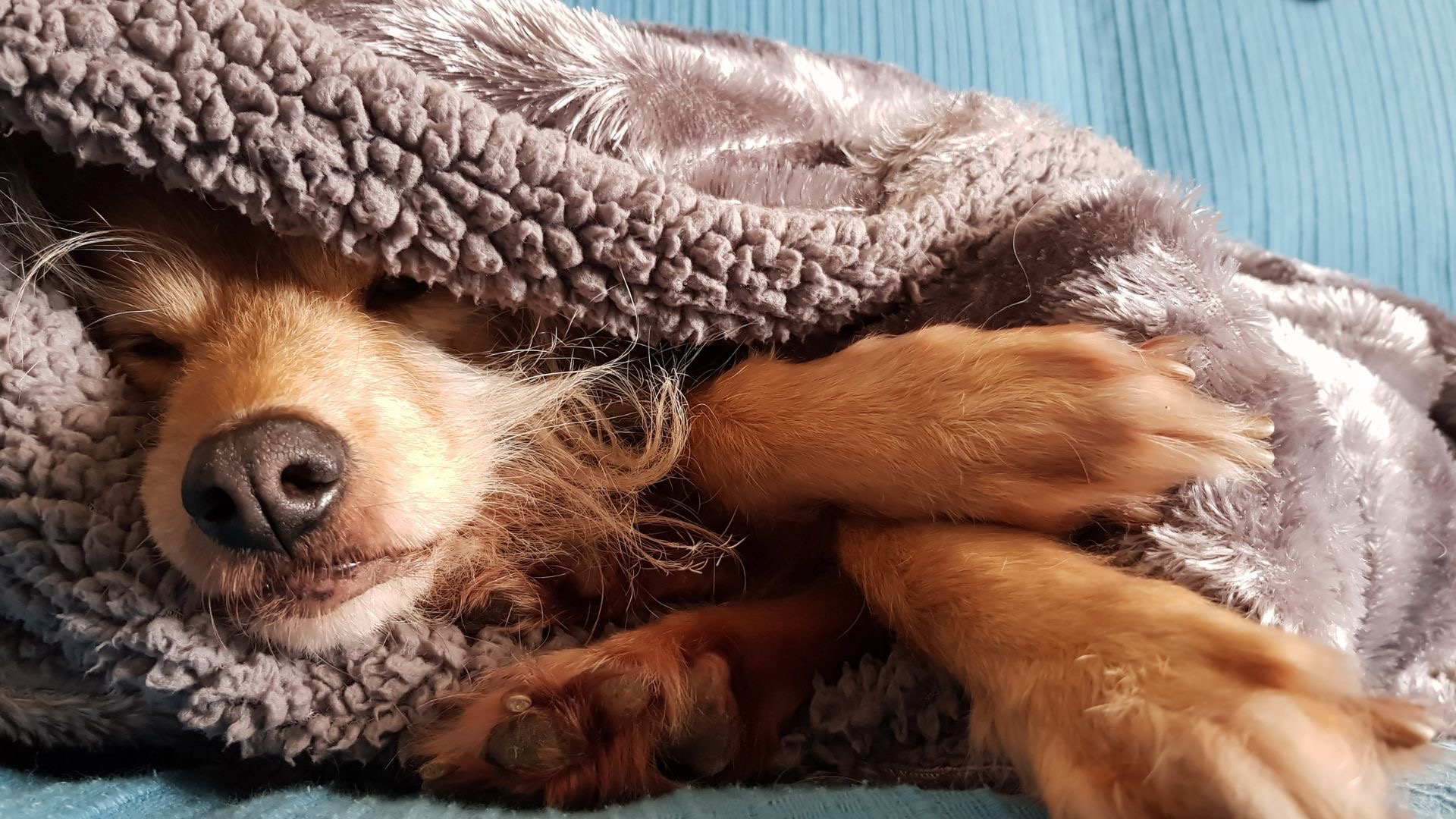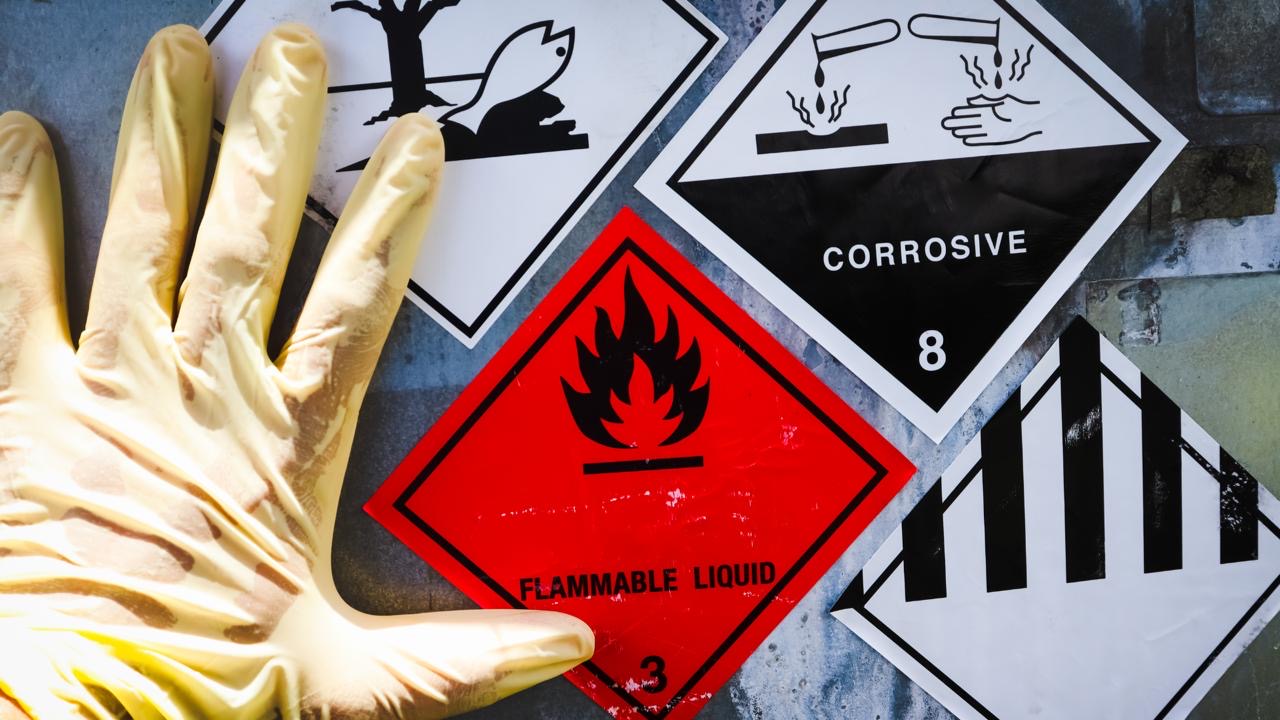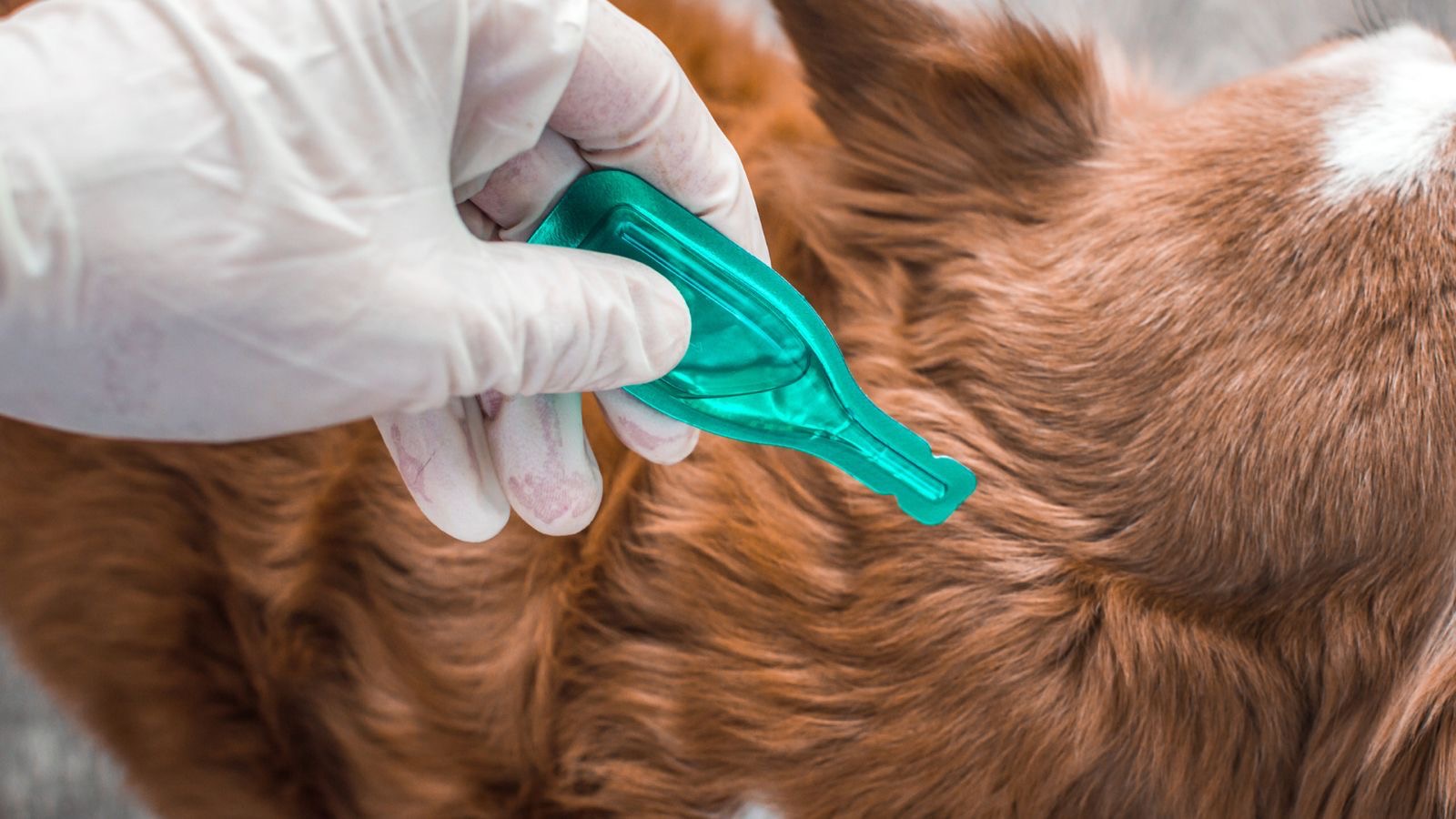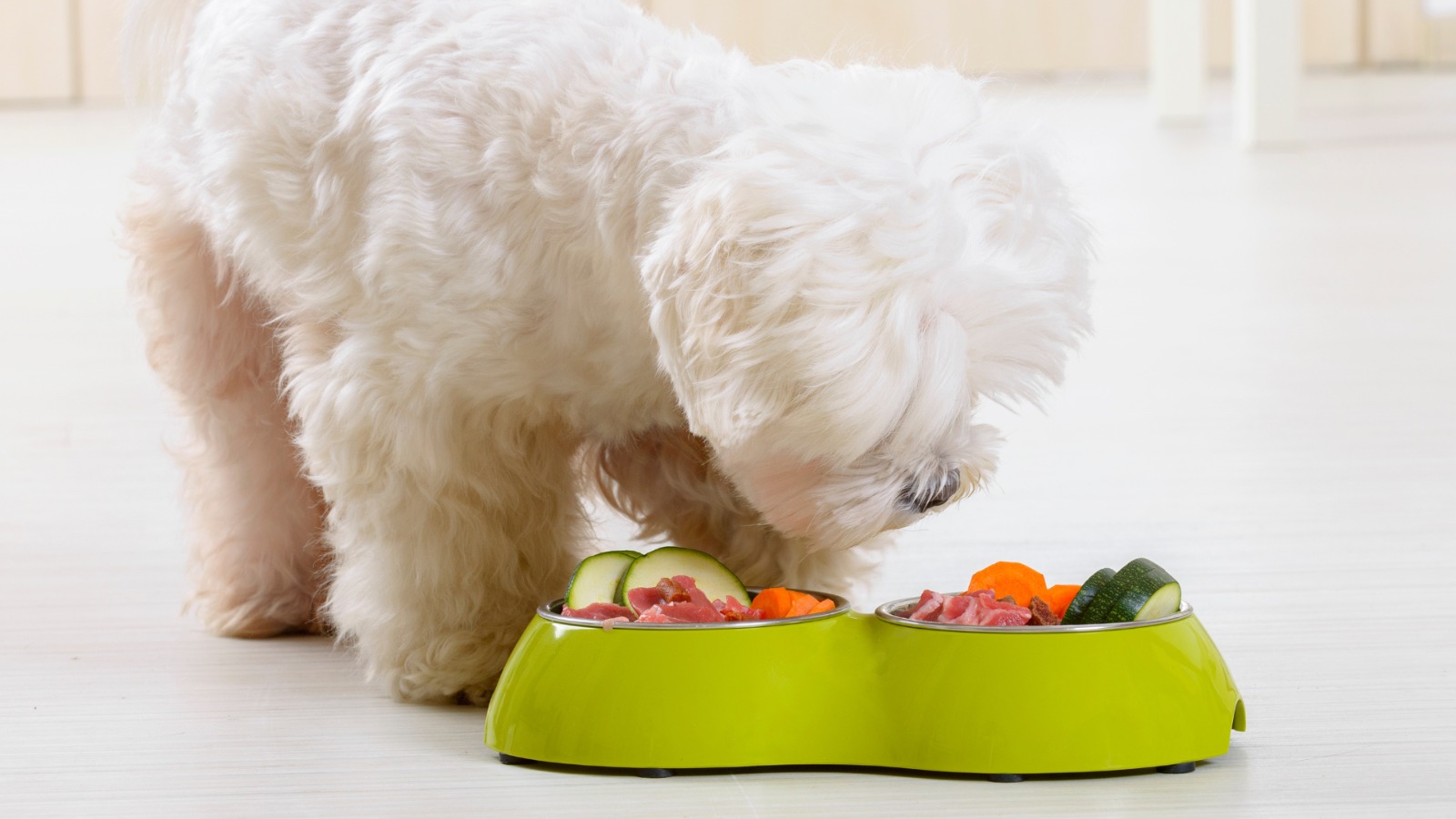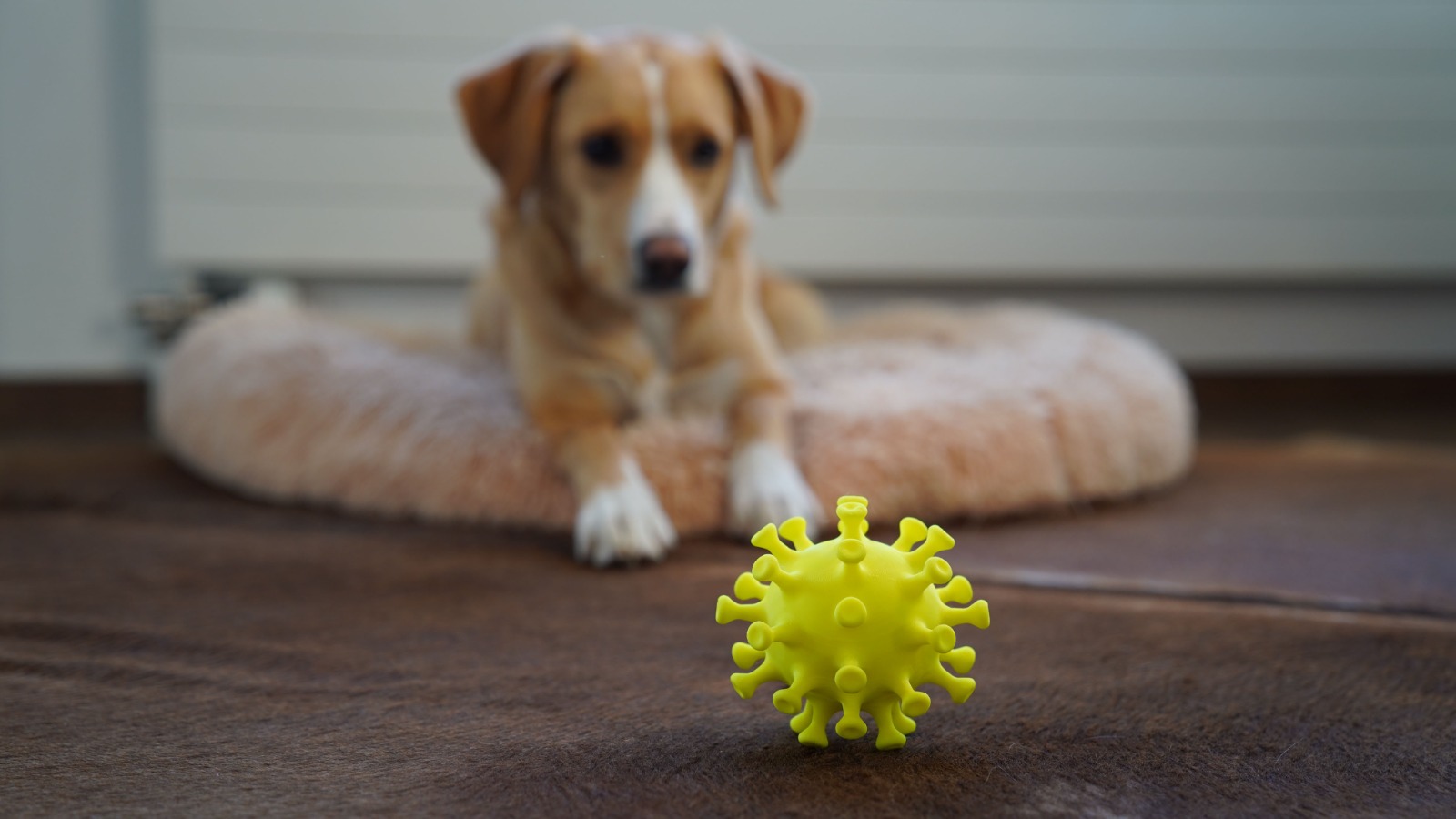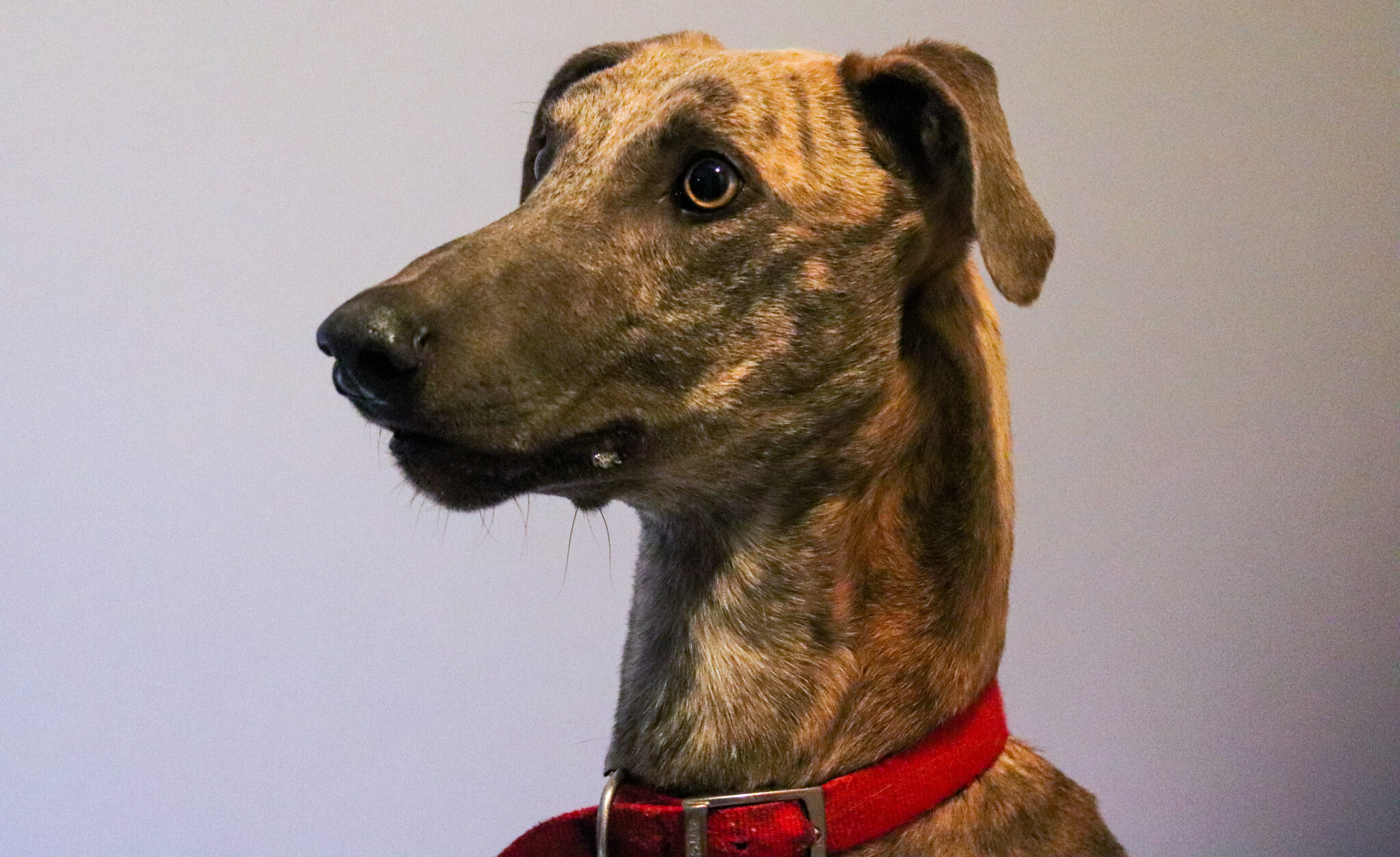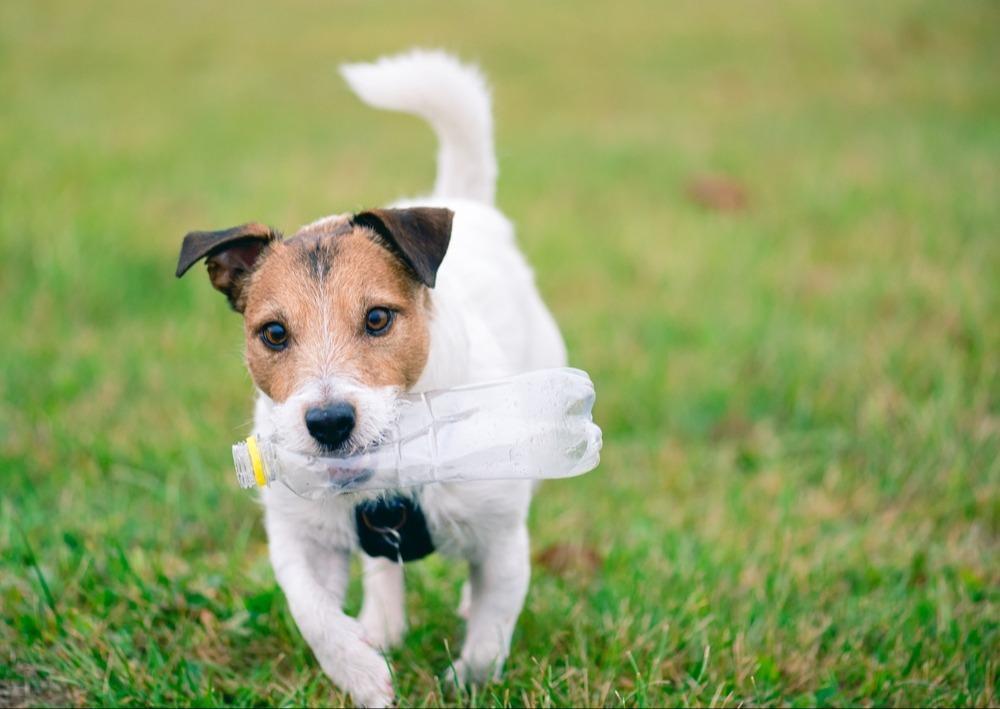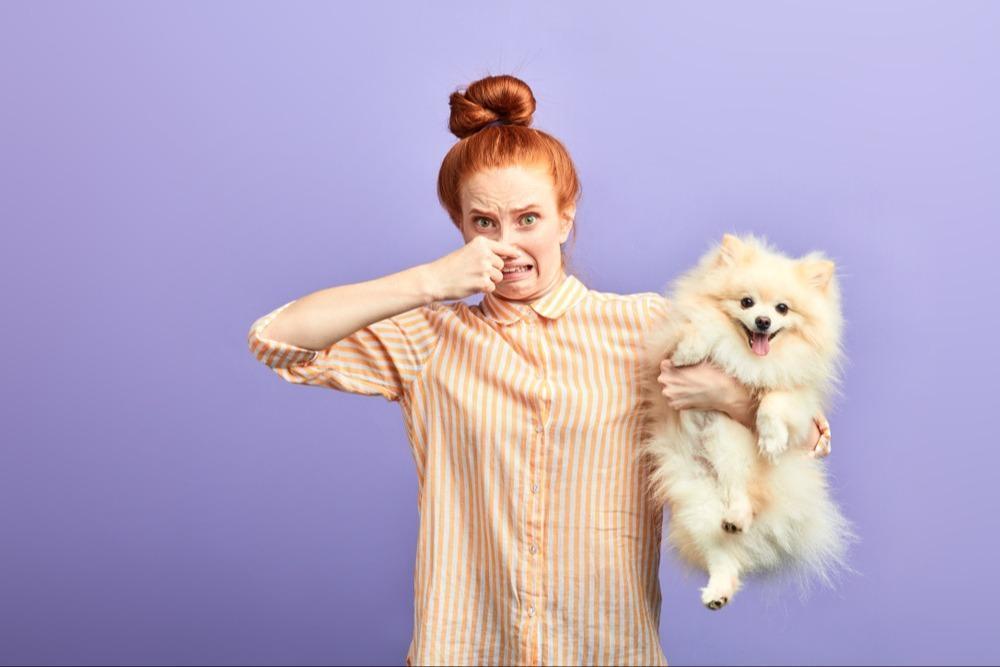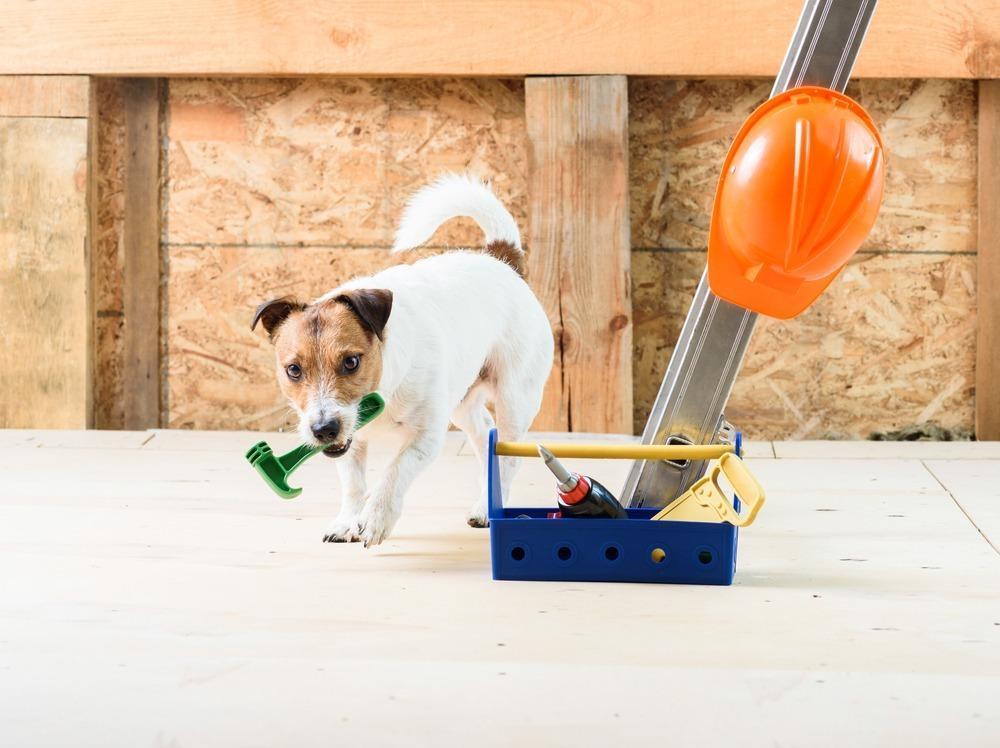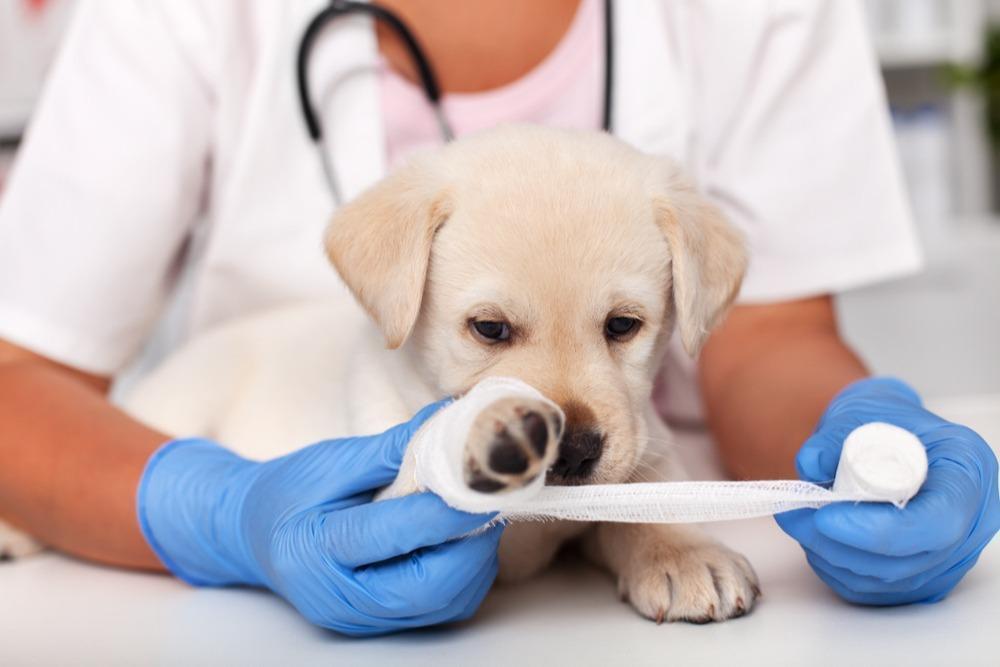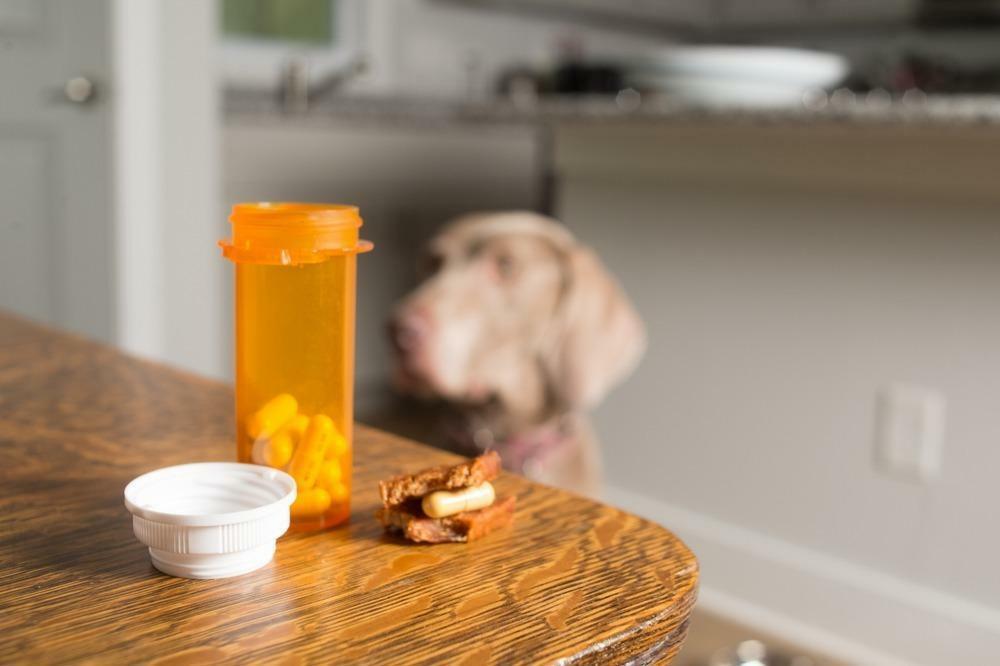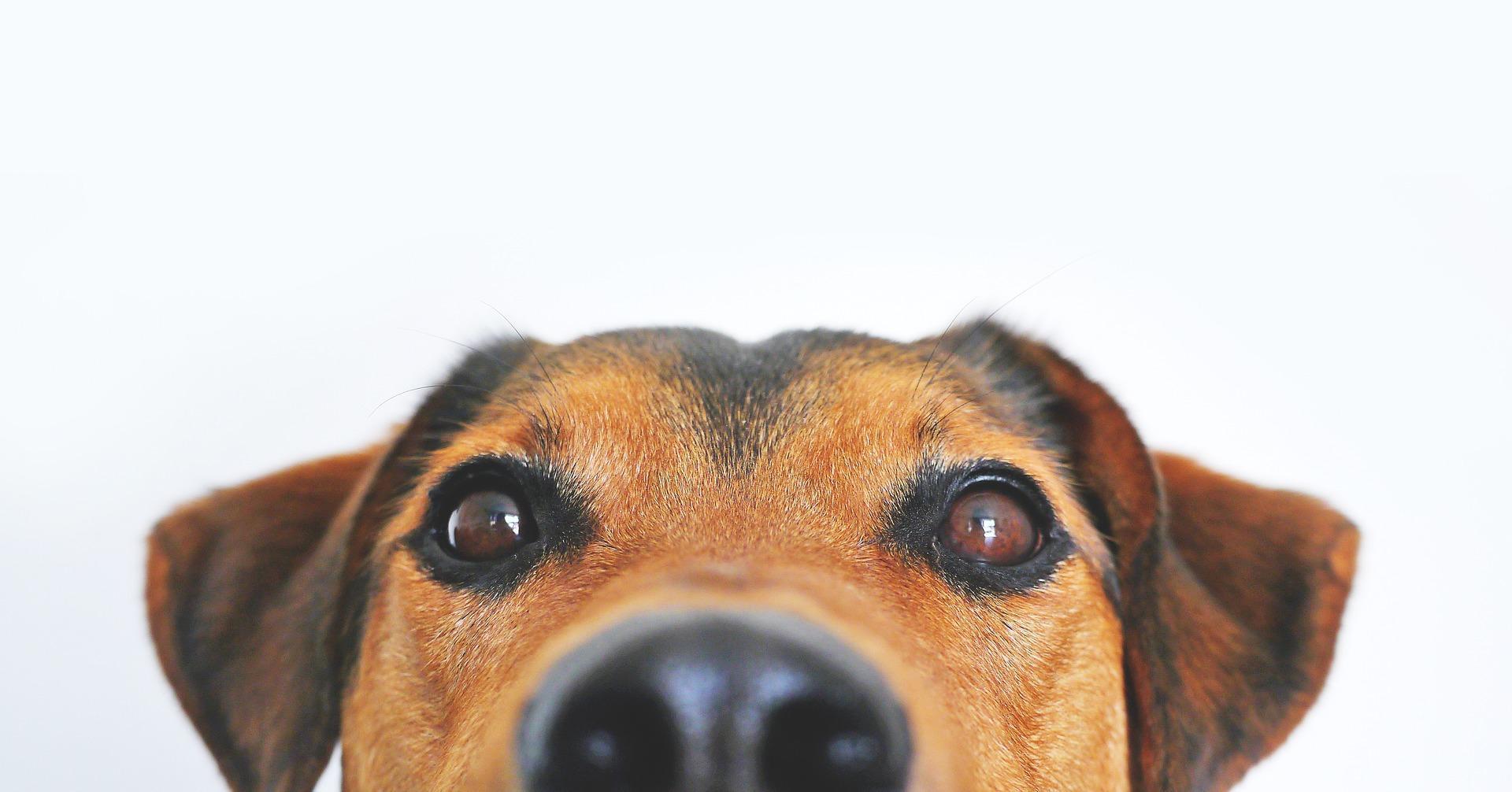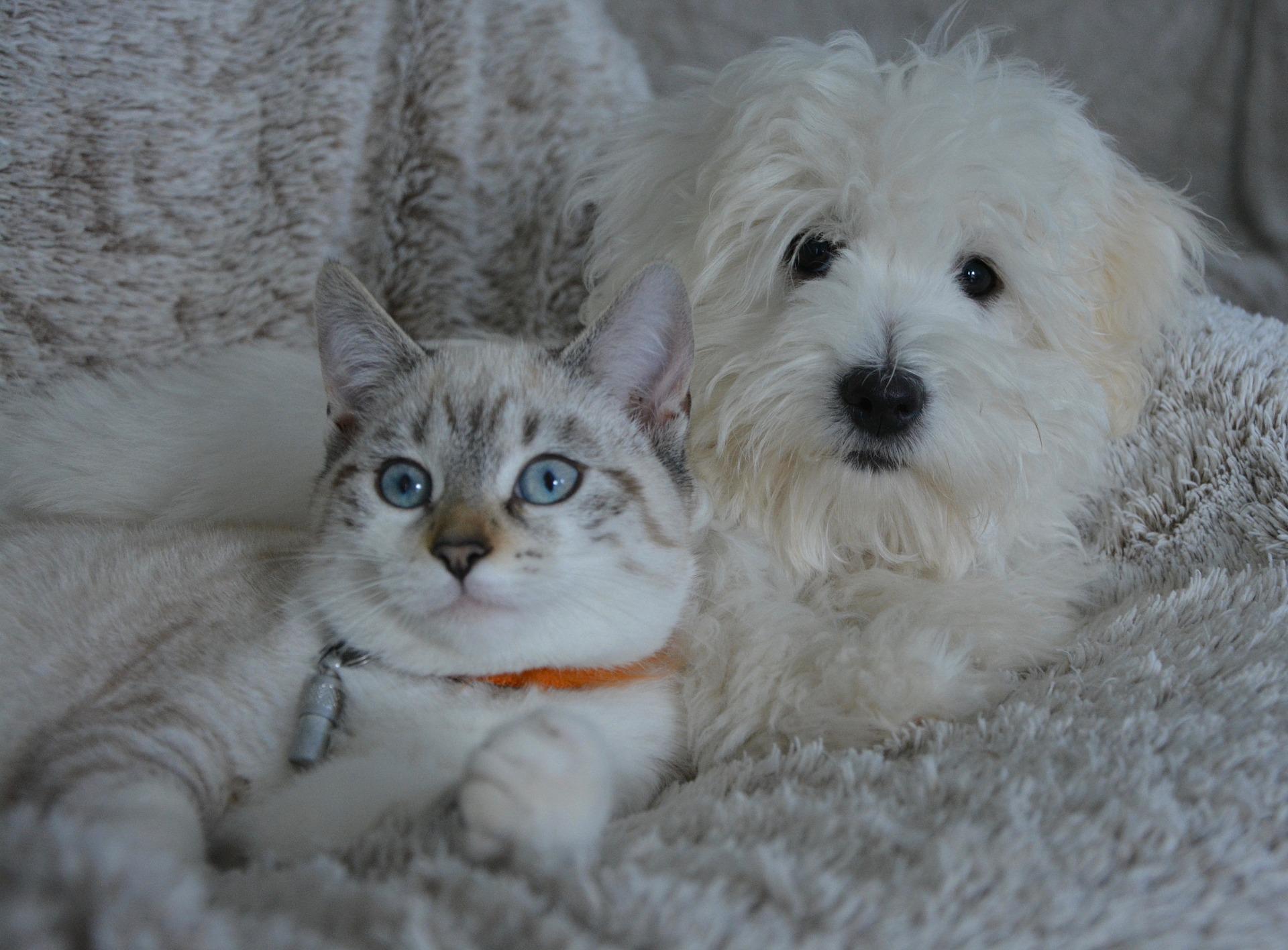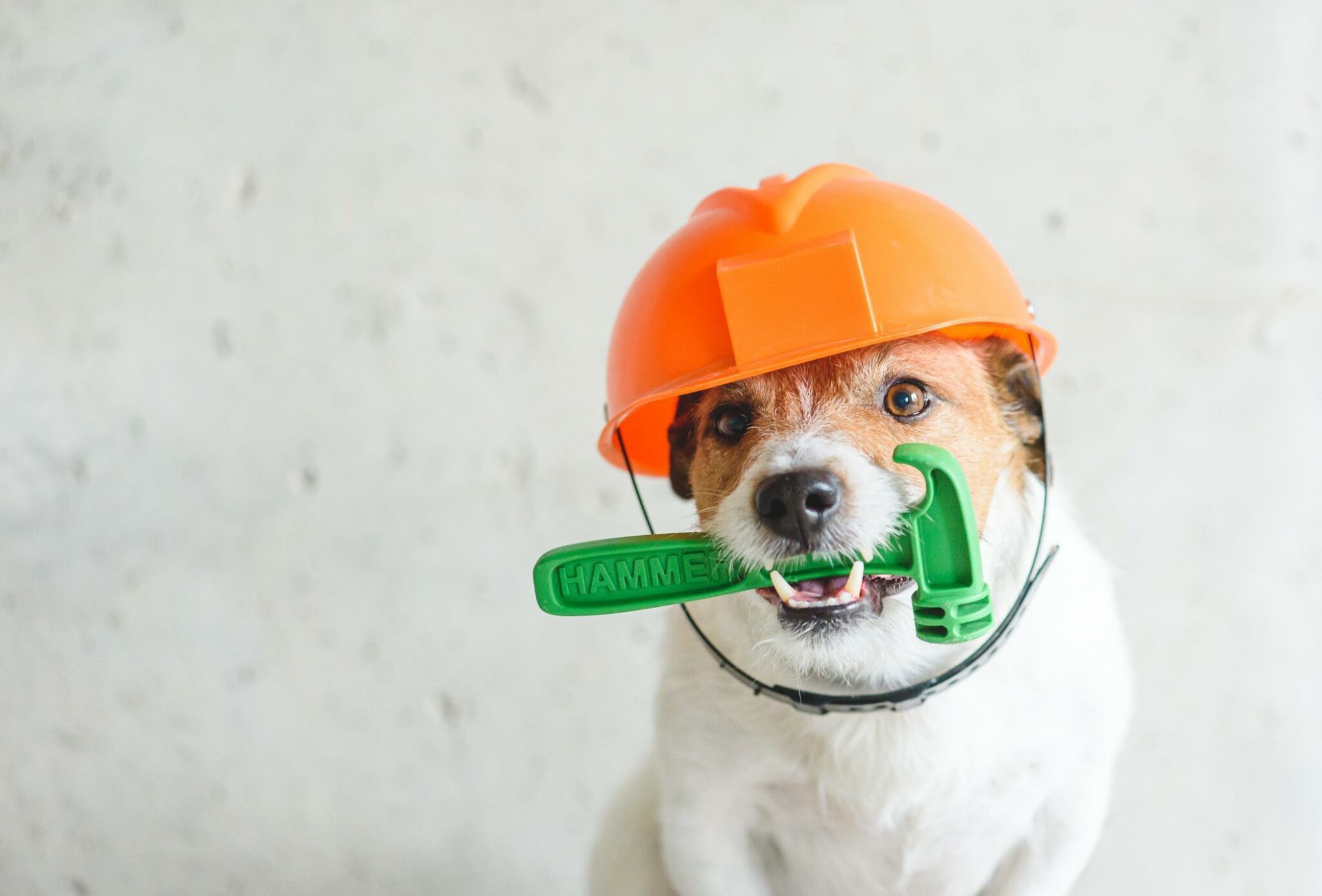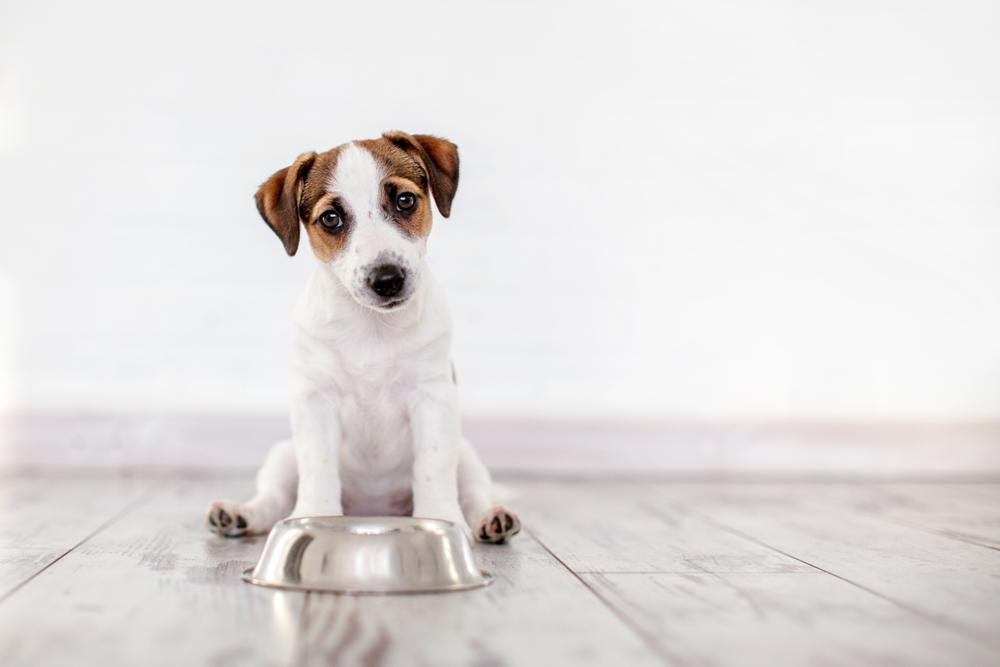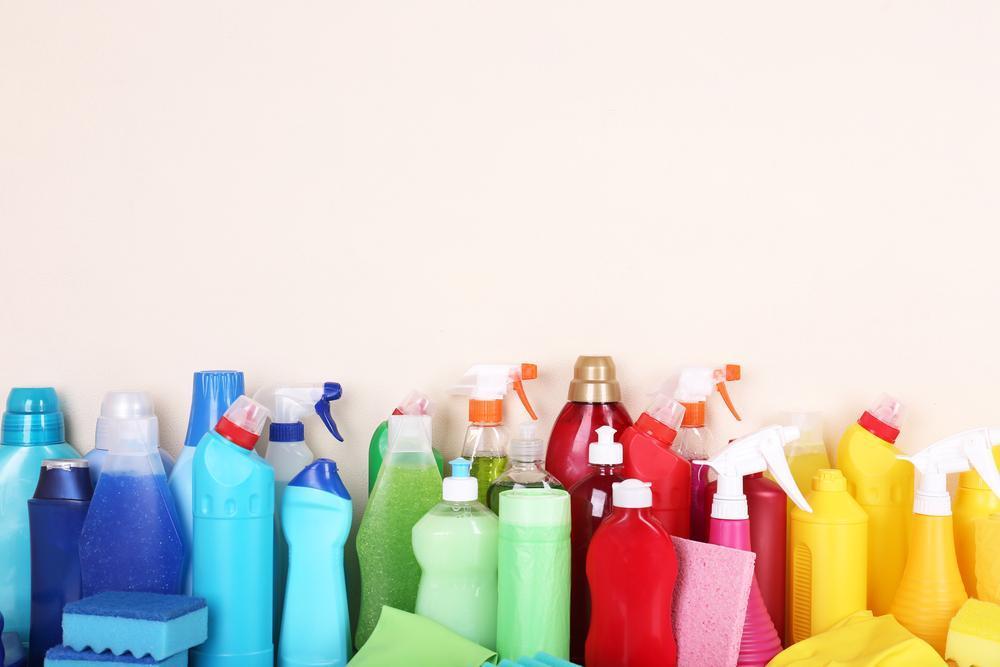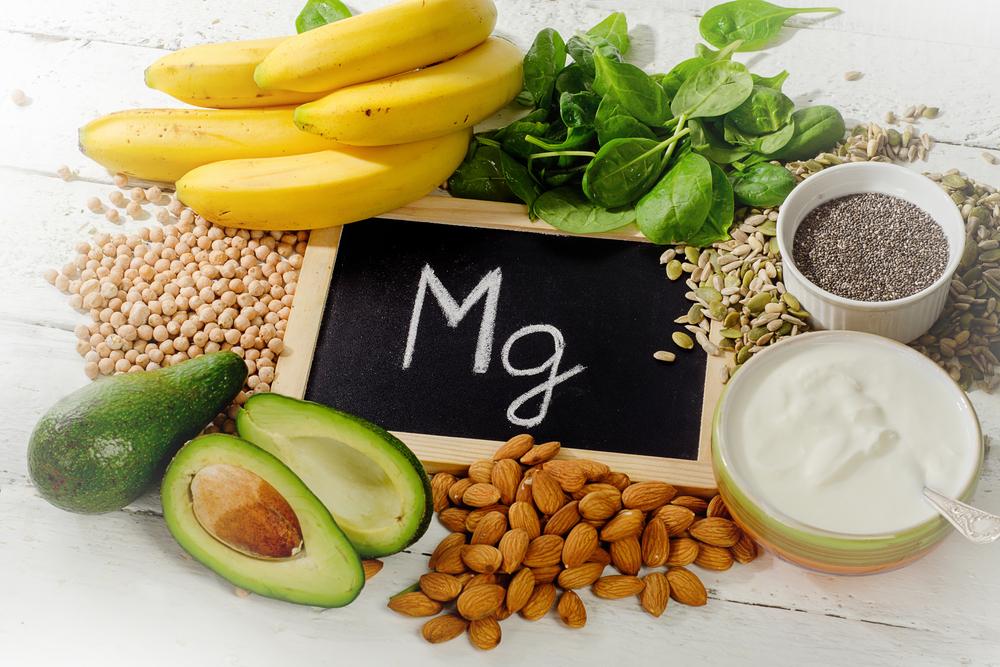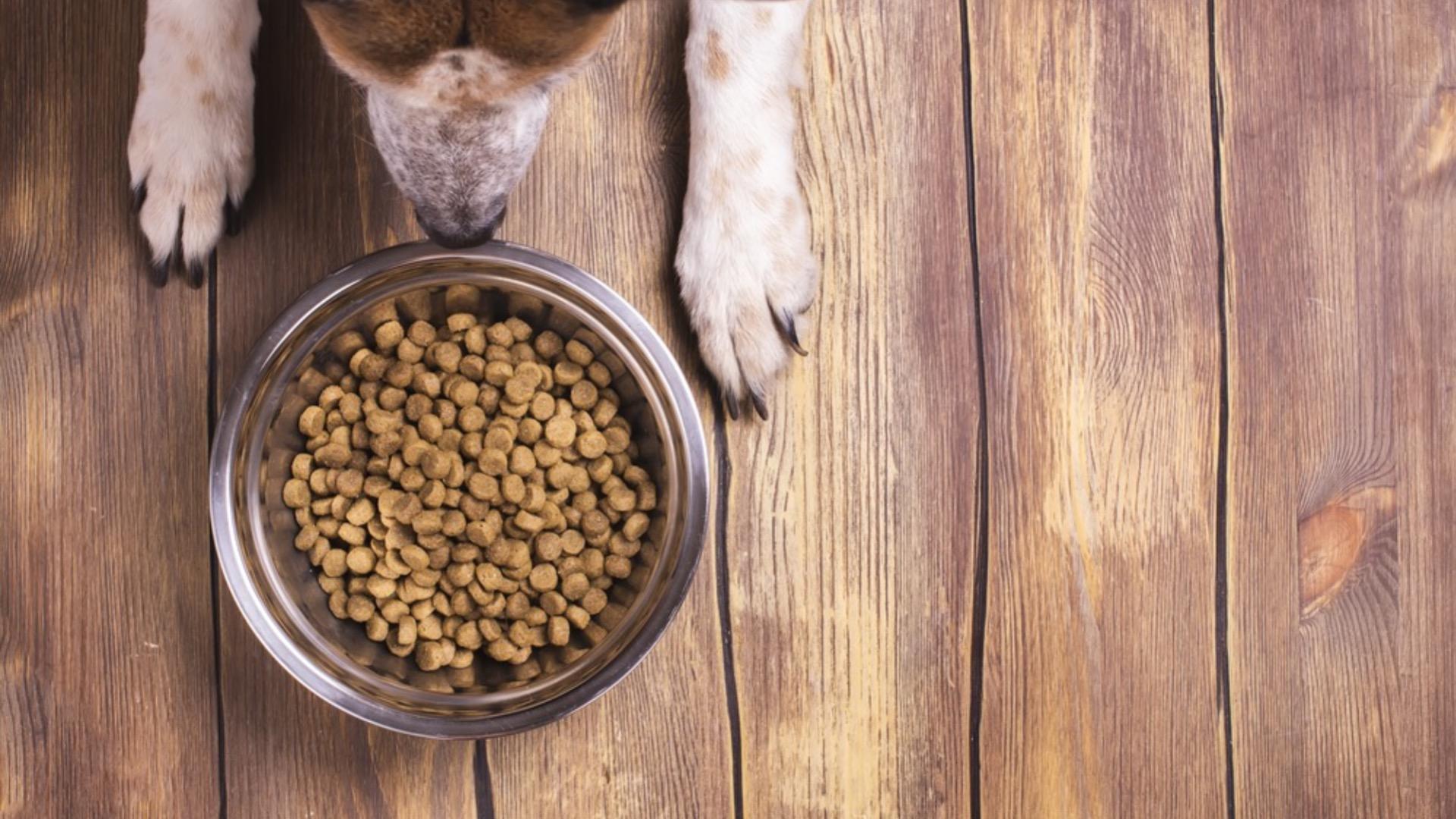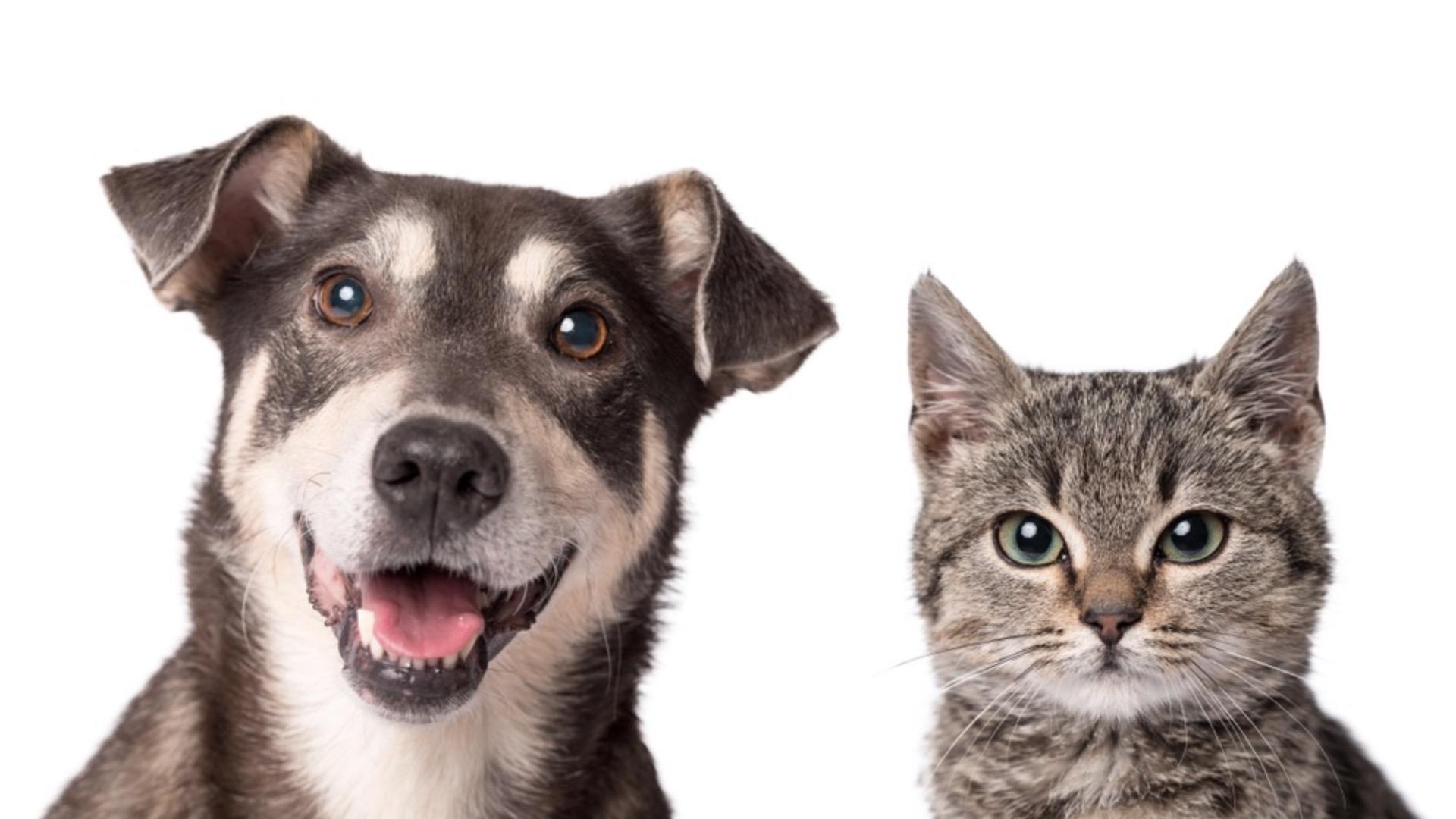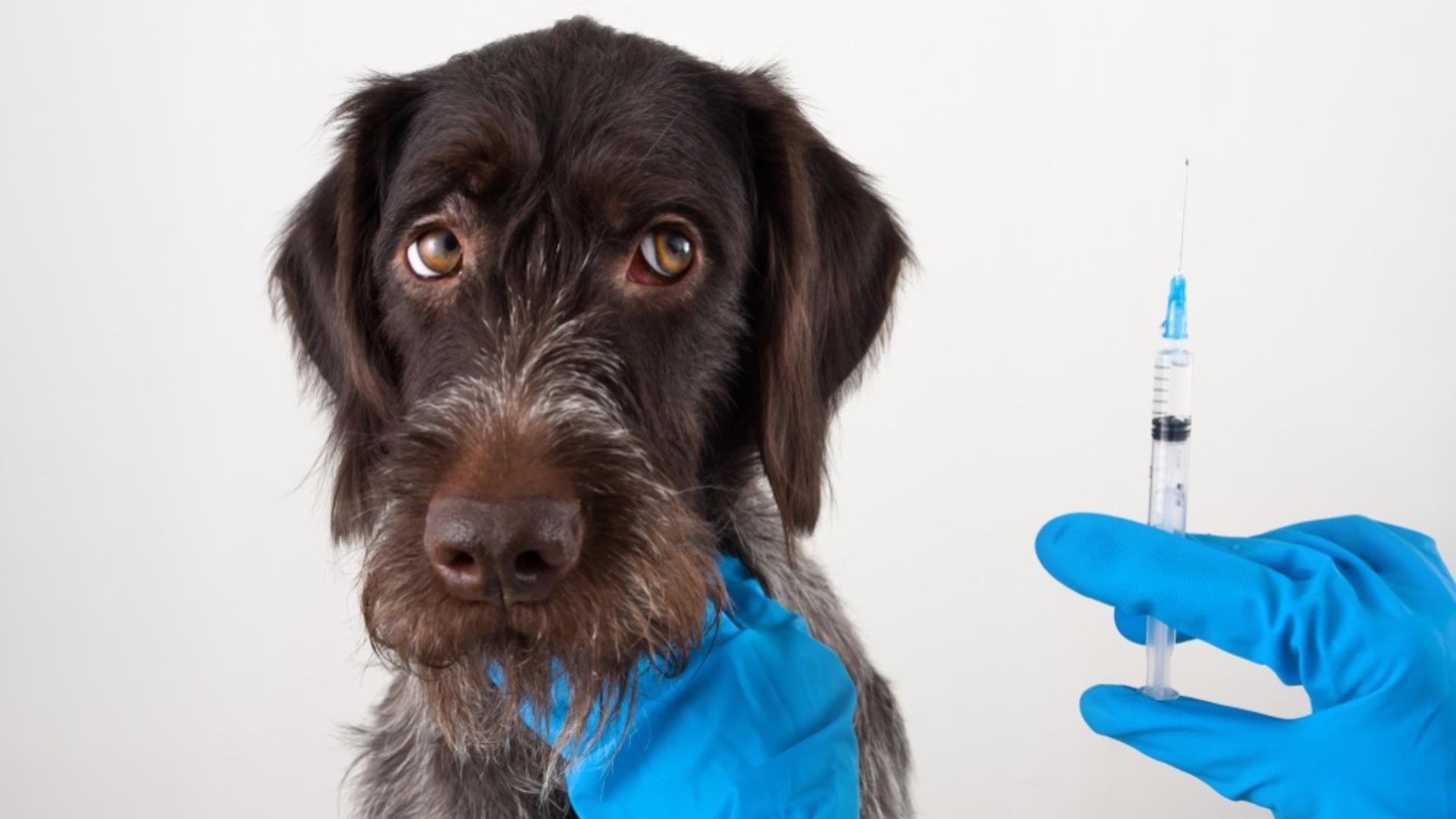Here at My Pet Nutritionist, we understand the importance of keeping your pets healthy. As we often write about, keeping the gut healthy and feeding a fresh balanced diet are two steps toward a full picture of health. The world around us is sadly a very toxic place, with us and our pets being surrounded by environmental hazards at nearly all times! How can we avoid this exposure? What can we do to negate the potential effects of environmental toxins and hazards? This bumper two-part blog post will look at a host of potential dangers in a variety of environments you may frequent regularly with your pets in tow, how you can reduce exposure to these, and what we can do to help the body cope with it’s environment.
Part 1 looks at hazards in the home, garden, and local parklands. Click here for Part 2, which will look at hazards in and around lakes, woodlands, and beaches.
Domestic Environment
The first of our areas of exposure to environmental hazards, is the place you and your pets probably spend most of your time; at home, or even in other people’s homes, cafes, and shops. All the indoors places. Your pet may be exposed to a huge variety of environmental hazards when inside, so let’s take a look at some of these.
Cleaning Products
Take a look at the cleaning products you use in your home. You may have floor cleaners, bleach, surface cleaners, laundry detergent, laundry softener, laundry scent boosters, carpet cleaners, stain removal products, window cleaning sprays, dishwasher tablets; the list goes on! When you think about every cleaning product used in your home, you can really begin to see how exposed your pet might be to them! Every surface they touch, the air they breathe – it all contributes to exposure. Now, take a look at the ingredients label on each product. Can you easily identify each ingredient? Are there some long, science-y looking words you haven’t heard of before? It’s quite likely! Next have a look at the warning label; what warnings does the product come with? Irritation to skin or eyes, hazard to health, hazardous to the environment, corrosive, acute toxicity; these are all common warnings on household cleaning products!
Some of the more worrying ingredients often used in cleaning products are:
- Ammonia
- Chlorine
- Bleach
- Isopropyl Alcohol
- Formaldehyde
- Pine
But my bottle says ‘pet friendly’… sadly, the ‘pet friendly’ qualities of a product, merely mean that the product won’t kill your pet if used correctly. Just because a product is pet friendly, doesn’t mean that exposure to it can cause some health issues in pets, including most commonly, skin issues, and sometimes breathing issues too.
Conventional cleaning products can cause so many problems in pets through exposure by touching, inhaling or ingesting, including:
- Burns to the skin, throat or gastrointestinal system
- Dry skin, rashes and itching
- Interdigital cysts
- Lethargy
- Vomiting and diarrhoea
- Seizures/neurological abnormalities
- Stomach ulcers
Your dog or cat may breathe in particles of sprays, lick flooring or textiles, lick their fur or paws after contact with cleaning chemicals, have direct contact with chemicals by walking through the house or laying on furnishings etc.
What can we do to reduce exposure to these products? Lots! You can make lots of excellent switches in your home, to more natural products, without the risk of nasty side affects if ingested, inhaled, or touched. Some handy ideas are as follows:
- Provilan Probiotic Cleaning Products from Ingenious Probiotics (in the UK – other suppliers may be available) are a fantastic range of natural cleaning products, with the added bonus of good bacteria in the form of probiotics. The bacteria outcompetes/eats the bad bacteria in the area being cleaned, and is completely unharmful for pets! No only are they safe, but they’re beneficial too!
- Baking soda (bicarbonate of soda) mixed with water can be used to scrub places like toilets, sinks, ovens etc
- White vinegar or apple cider vinegar mixed with water can be great for cleaning hard surfaces, and soft furnishings.
Home Fragrance
Home fragrance is a big, but important topic when it comes to hazardous exposure to our pets! We all want out homes to smell nice – walking in your front door to be hit with a beautiful fragrance of apple, geranium, freesia, or whatever you most prefer is just the loveliest thing… however; is it doing the health our pets any favours (or us for that matter!)? It may not be!
The vast majority of scents in the home, whether it’s through the burning of candles, plug in diffusers, reed diffusers, or room sprays, contain VOCs – Volatile Organic Compounds. These VOCs can be quite a hazard to the health of us and our pets, not to mention the behavioural side of it for our fluffy dependants!
Health risks of VOCs include:
- Eye, nose and throat irritation
- Headaches
- Loss of coordination
- Nausea
- Potential damage to the liver
- Potential damage to the kidneys
- Potential neurological damage
- Cancer (some, not all, VOCs are known to be carcinogenic)
- Birth defects
- Fertility issues
How can we have a nice smelling home, without the VOC risks? First, ditch the diffusers, plug ins, candles and room sprays! Here’s some handy hints and tips to help your home smell nice, without the risks:
- Vacuum daily
- Invest in a good air purifying unit, appropriate to the size of the area you want it to cover.
- Pop a pan of water on the stove. Add in your favourite natural scent providing materials, such as cinnamon sticks, orange peel, lemon peel, cloves, star anise, lavender, thyme, or whatever fresh ingredients really take your fancy! Heat it and keep it on a low simmer – it will fill the room with a beautiful, custom made scent! You can even pop some of the boiled, scented water in a spray bottle, and spray it in other rooms!
- Chat to a qualified naturopath with knowledge on suitable essential oils for your pets – these must be self-selected by your dog to ensure they’re happy to be in the room with the scent, which avoids potential stress and behavioural issues; don’t forget, their noses are far more powerful than ours! The chosen essential oils can be added to a carrier oil, or warmed in an electric warmer. Be careful not to use essential oils around cats.
Freshly Decorated Rooms
Much like with home fragrance products, freshly decorated areas with wet paints, adhesives, glues, wood stains and wood glosses , will be at a very high risk of VOCs. Scroll up to remind yourself of the potential dangers of VOCs!
How can you keep your pets safe during household renovation projects? When these works are happening in your home, keep the areas being worked on, ‘out of bounds’ until everything is totally dry. It may be a good idea to work on one small area or one room at a time, so the rest of the house is available for your pets!
Electromagnetic Fields
This one is a bit different – but we still feel it is important in the day of modern technology, to mention the potential hazards when exposed to electromagnetic fields, and the affects they can have on our pets, as well as ourselves.
EMFs are usually encountered at low levels on a day to day basis, but in some cases, particularly in homes with damaged electricity points, the readings can be higher than ‘normal’. Wifi routers, mobile phones, electric sockets, computers, power lines, microwave ovens, smart energy meters and Bluetooth devices all output EMFs.
Being exposed to high EMF readings on a regular basis can be very hazardous to health in general, as it is known to damage DNA and cells within the body, as it attacks the antioxidant defence system of the body which is responsible to getting rid of free radicals.
How can you protect your pets from EMFs? Some crystals have incredible abilities to protect against EMF. These include hematite, black tourmaline, pyrite, shungite, Citrine, orgonite, amazonite, and rose quarts. These can be laid in front of the aforementioned sources to help reduce the risk of cell damage. It is also wise to have an electrician check your wall sockets to ensure the wiring is up to standard.
Findings Here
Gardens and Parks
Next up, the other place your pet probably spends a huge amount of their time in – grassy areas, be it your garden, parks or other public spaces, including streets. There are many potential hazards in these areas too, which are invisible to the naked eye!
Weed Killers
Weed killers are one of the biggest risks outside. The active ingredient in weed killers is Glyphosate. Glyphosate can also be found in extruded kibble style foods; however this isn’t an environmental hazard, so we won’t stray from the topic!
Glyphosate, if ingested through paw licking, licking grass etc, can have some severe effects on the gastrointestinal system. Symptoms include vomiting, diarrhoea, and general gastric pain and discomfort. As glyphosate affects bacteria by starving it of nutrients, your pet’s gut microbiome can be harmed.
Gastrointestinal problems are not the only downfall of glyphosate; exposure to high amounts of glyphosate, or frequent exposure to small amounts of it can have severe affects both neurologically, and on the cardiovascular system. Cancer is also a risk of glyphosate exposure. Studies suggest that there is a link between lymphoma, and glyphosate exposure.
How can we avoid exposure to glyphosate based weed killers? This is a tricky one. You p0robably don’t need us to tell you, but we obviously recommend that you avoid the use of these in your garden. The tricky part lays with walking your dog on the streets and in the local parks – many councils use herbicides containing Glyphosate to keep the area looking pleasant by keeping weeds under control.
You may consider training your dog to wear dog boots when out and about – this avoids direct contact with potentially affected areas. If your dog doesn’t wear boots, be sure to wash their paws after each walk – you could use a product like Leucillin or Dew which are made using hypochlorous acid.
Finally, make sure your dog doesn’t lick the floor when sniffing, to avoid ingestion.
Findings Here
Cut Grass
Grass cuttings may be found in your own garden, in local parks, grass verges, or local meadows. While it’s not life threatening in general, when the weather is warm, the grass cuttings become moist, which creates the perfect conditions for moulds to grow. When these moulds are ingested, gastrointestinal discomfort, vomiting, and diarrhoea are a possibility.
How can we reduce the risk of our pets eating grass cuttings? In your garden, use a rake to collect and remove any grass cuttings left on your freshly trimmed lawn. If you’re out and about, and there is a lot of cut grass, make sure your dog does not eat it. Ig your dog is a known scavenger, you can teach ‘leave it’, or you may need to use a muzzle for your dog’s safety.
Smashed Glass
This one is self explanatory – smashed glass is something we have all come across at one point or another! This can cause major or minor paw injuries. Always keep an eye out in long grasses, around bins, on pavements, and around seating areas when walking your pets!
Potential Disease
The potential for contraction of diseases from public green spaces is relatively low, but is certainly a risk, particularly where other dogs are walked. Leptospirosis (which you can read more about in our blog
here) and kennel cough would be the two most pet parents worry about.
Keeping your dog free from potential disease. Ensuring your dog has a healthy immune system is absolutely essential; this can be achieved by keeping your dog’s gut in good condition, and enabling the gut microbiome to flourish. Our supplement Gut Guardian may be the way to a healthy gut microbiome, with it’s content of high quality mucilage herbs and soil based probiotics.
Lawn Fertilisers
Lawn fertilisers often contain herbicides such as glyphosate – the main ingredient in weed killers. This raises risks of ingestion through direct contact with the fertiliser, then being licked off the paws/body. Your cat or sog may see similar symptoms, and will be at the same risks as they would be in the presence of weed killers.
The added risk is that most fertilisers are high in phosphorous, iron and nitrogen, which in small amounts are fine, but in large amounts are toxic to pets. Lawn fertilisers can cause burns on the skin, and gastrointestinal ulceration too.
One of the chemicals often found in fertilisers is called Disulfoton, which can cause pancreatitis and seizures, meanwhile the ammonium content of most lawn fertilisers is an irritant to skin when touched, and lungs when inhaled.
How can we reduce the expose risk of lawn fertilisers? Like with weed killers, it can be tricky to avoid these in public spaces. In your own garden, if you feel you really need to use a fertiliser on your grassy areas, it is imperative that your dog is kept inside for the duration of the treatment, and for a while after application, until the grass has been thoroughly hosed, or rained on, diluting the chemicals. You may wish to train your dog to wear boots to play in the garden, or walk in public areas.
Findings Here
Findings Here
Did you learn something new upon reading this? Take a look at the changes in and around your home, that you could make to keep both your pets, and fellow humans as healthy as possible! If you feel some one to one help could be of benefit to you, please don’t hesitate to book in with one of our team. Don’t forget to head over to Part 2 here!
Team MPN x 
